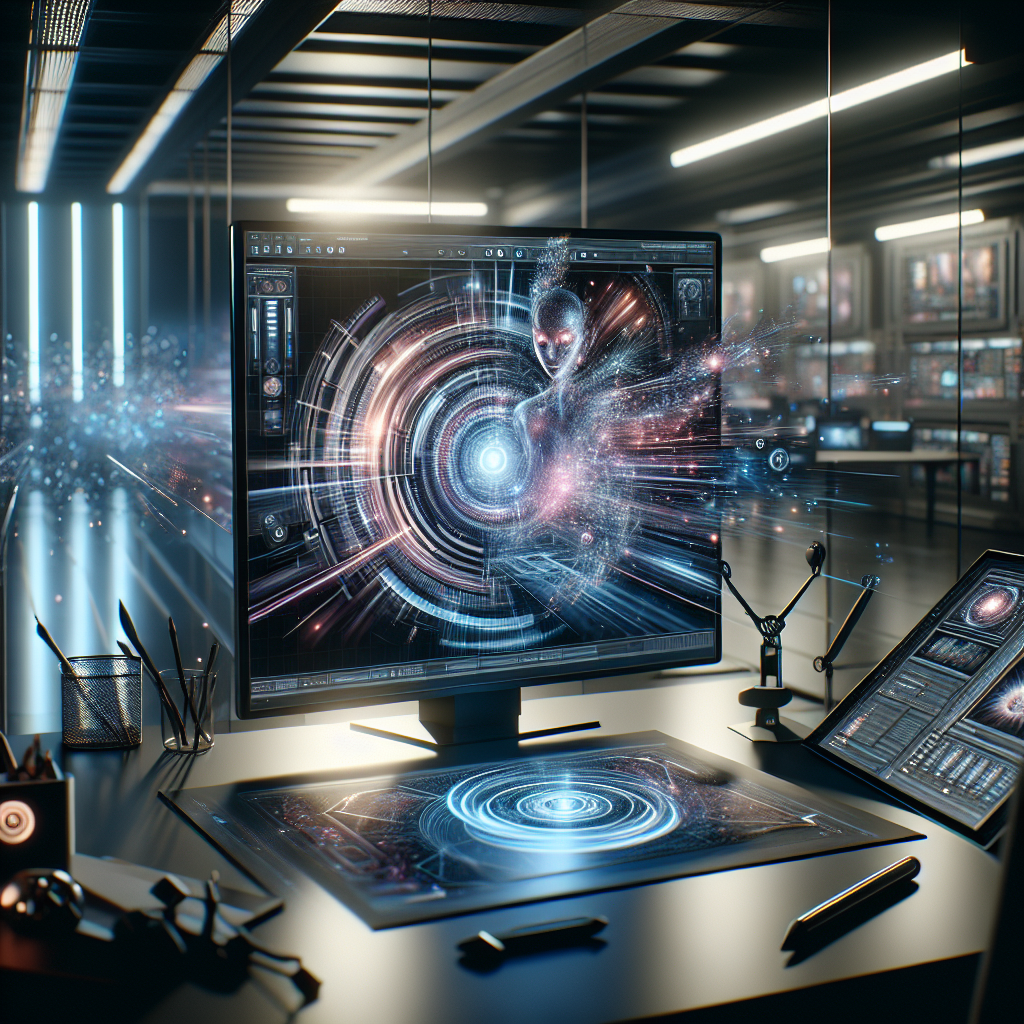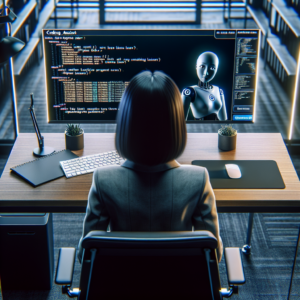AI Tool Generates High-Quality Images Faster Than State-of-the-Art Approaches
In a remarkable advancement in artificial intelligence, researchers at the Massachusetts Institute of Technology (MIT) have developed a new AI tool that produces high-quality images in a fraction of the time it takes compared to current state-of-the-art methods. This breakthrough represents a significant leap forward in the field of computer vision and image processing, with potential applications in various industries, from entertainment and gaming to healthcare and design.
The Evolution of Image Generation Technology
The journey of image generation technology has been both fascinating and complex. Over the years, developers have utilized various techniques to create computer-generated images, including generative adversarial networks (GANs) and variational autoencoders (VAEs). These approaches have proven effective, but they often require substantial computational resources and time to produce high-quality outputs.
MIT’s latest innovation leverages sophisticated algorithms that not only enhance image quality but also expedite the generation process. By streamlining the computational demands typically associated with image synthesis, this new tool opens the door for more accessible and efficient image generation.
How the AI Tool Works
The core of MIT’s image-generating AI tool is a unique architecture that integrates deep learning and advanced neural networks. The research team focused on optimizing the model to reduce processing time while maintaining high fidelity in image output. This involved refining the algorithms to minimize unnecessary computations, allowing the system to generate images almost instantaneously.
One of the standout features of this tool is its ability to learn from vast datasets. By consuming large volumes of images, the AI can identify patterns and nuances that contribute to its understanding of visual aesthetics. This learning process plays a crucial role in ensuring that the tool can produce images that are not only high-quality but also varied and innovative.
Performance Benchmarking
In comparison to existing image generation tools, MIT’s AI solution significantly outperforms its competitors in both speed and quality. Traditional methods often take several minutes to generate a single image, while this new AI tool can achieve similar results within seconds. This remarkable speed provides users with a more efficient workflow, paving the way for creative professionals to experiment without the constraints of prolonged processing times.
Performance metrics indicate that the AI’s output is not only faster but also surpasses the quality of images generated by leading technologies in the field. This includes traditional GANs and VAEs, which, although effective, have limitations that can hinder creativity and productivity. The result is a tool that empowers users to generate stunning visuals rapidly, an invaluable asset in today’s fast-paced digital landscape.
Real-World Applications
As the capabilities of this AI tool become apparent, the potential applications are vast. Below are several industries poised to benefit from this innovative technology:
Entertainment and Gaming: In the entertainment sector, rapid image generation can enhance game development, allowing designers to create immersive environments and characters with unprecedented speed. This can lead to more dynamic storytelling and interactive experiences.
Marketing and Advertising: For marketers, the ability to quickly create high-quality visuals can drastically improve campaign efficiency. Brands can generate compelling content on-the-fly, responding to trends in real-time and enhancing their engagement with audiences.
Healthcare: The healthcare industry stands to gain through the application of this AI tool in medical imaging and diagnostics. Rapid generation of high-quality images could facilitate better training for medical professionals and aid in patient diagnostics.
Graphic Design: Graphic designers will find this tool incredibly useful for creating mockups and prototypes. The fast turnaround time allows for more iterations and refinements, ultimately leading to superior design outcomes.
Overcoming Challenges in AI Image Generation
Despite the thrilling advancements, the field of AI image generation is not without its challenges. One of the major concerns is ensuring the ethical use of AI technology in creating images. The proliferation of deepfakes and misleading visuals poses a significant challenge that developers must address. MIT’s researchers are aware of these issues and emphasize the need for responsible AI practices.
Furthermore, there is a continuous demand for high-quality datasets that can be used to train AI models effectively. The quality of the images generated is directly tied to the training data, highlighting the importance of using diverse and representative datasets.
The Future of AI in Image Generation
Looking ahead, the implications of MIT’s AI tool extend beyond mere image creation. This technology represents a step toward a future where AI can assist in various creative processes, fundamentally altering how we interact with visual content. As the development of AI continues to evolve, it is likely that we will see more sophisticated tools that harness the power of machine learning to not only generate images but also understand and interpret them.
The integration of AI in image generation is poised to revolutionize industries, and the potential for further innovation remains vast. As researchers continue to refine these technologies, we can anticipate advancements that will not only improve quality and efficiency but also invite new avenues for creativity and expression.
Conclusion
The AI tool developed at MIT marks a significant milestone in the realm of image generation, offering promising improvements in speed and quality over existing methods. As this technology continues to mature, it holds the potential to transform various industries, providing tools that can foster creativity and innovation. The emphasis on ethical use and responsible practices will be crucial as we advance into this new frontier of artificial intelligence in image creation.
In conclusion, the evolution of AI in image generation is just beginning, and the future looks bright as researchers and developers harness its capabilities to push the boundaries of what is possible. Whether in entertainment, healthcare, marketing, or design, the advent of faster and higher-quality image generation tools will undoubtedly shape the landscape of visual content for years to come.



